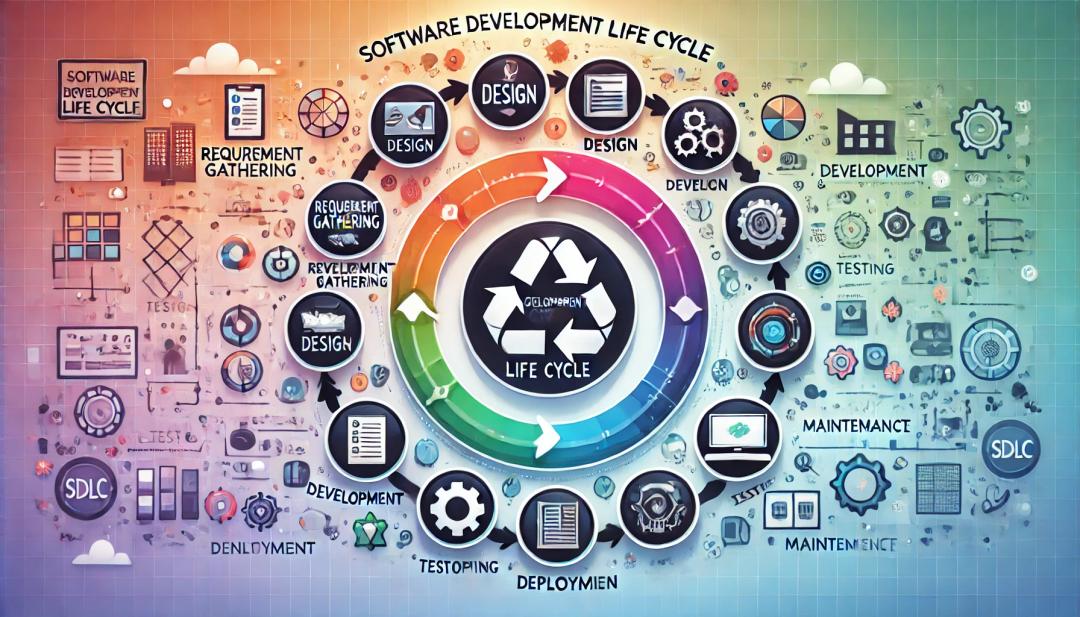Blog Details
The Role of Psychology in UI/UX
Design: How 'Understanding Human Behavior' Shapes Better Experiences

Sharfuzzaman Hridoy
02 Oct 2024
8 min read
The Kickoff
Ever wondered why some apps just "feel right" while others leave you confused or frustrated? It’s not just about aesthetics or having the latest tech. A lot of it boils down to psychology—how our brains work, how we process information, and what we emotionally respond to. When designers understand these principles, they can create experiences that feel intuitive, engaging and human-centered.
Let’s dive into some of the key psychological principles that impact UI/UX design and see how they can be applied to build better digital experiences.
1. Cognitive Load: Less is More
Let’s be real—no one likes to feel overwhelmed, especially when using an app or website. Cognitive load refers to the amount of mental effort required to complete a task. If you overload users with too much information or cluttered design, you’re basically inviting them to get confused or give up.
How to Apply It:
- Simplify your design. Stick to what’s necessary. Don’t bombard users with endless options or information they don’t need at that moment.
- Use clear, concise language. Long paragraphs? Unnecessary. People skim online, so make it easy for them by being direct.
- Progressive disclosure. Only show complex info when it’s absolutely needed. Start simple, and let the users dig deeper when they’re ready.

2. Hick’s Law: Too Many Choices, Too Little Time
Ever stood in a grocery store aisle, staring at dozens of cereal boxes, unable to decide? That’s Hick’s Law in action. It states that the more options you give people, the longer it’ll take them to make a decision. The same thing happens on websites and apps. Give users too many choices, and they might just bail.
How to Apply It:
- Limit choices. Keep your menus and forms simple. If you have to present a lot of options, organize them logically or provide filters to help narrow things down.
- Guide users. If you have a preferred or recommended action (like a default setting), make it obvious. Don’t leave them guessing.

3. The Psychology of Color: It's More Than Just Pretty
We all know color plays a huge role in design, but did you know it’s deeply connected to psychology? Different colors trigger different emotions and behaviors. For example, red can create urgency or excitement (think "SALE!"), while blue tends to evoke feelings of trust and calm (hence why so many finance apps are blue).
How to Apply It:
- Align with emotions. Choose colors that reflect the emotions you want users to feel. A fitness app might use energizing colors like orange or red, while a meditation app could lean into calming blues and greens.
- Highlight key actions. Use contrasting colors for buttons or CTAs to draw attention. The classic example? The bright, eye-catching "Buy Now" button.

4. Fitts’s Law: Make Things Easy to Click (or Tap)
Fitts’s Law is all about the speed and ease with which a person can move to a target—like a button on your site. Essentially, larger and closer buttons are easier (and faster) to click or tap. This is especially important for mobile design, where small, hard-to-reach elements can lead to a frustrating user experience.
How to Apply It:
- Bigger buttons. Don’t make users work hard to tap or click—especially on mobile. Larger buttons are easier to hit and lead to fewer errors.
- Position matters. Place important interactive elements (like “Submit” or “Next” buttons) where they’re easy to reach—usually in the bottom right or middle of the screen for mobile apps.

5. Gestalt Principles: The Whole is Greater Than the Sum of Its Parts
Gestalt psychology is a fancy way of saying that people tend to perceive individual elements as part of a larger whole. This matters in design because it’s how users make sense of visual information. If things are grouped together, users assume they’re related. If elements are too spread out or visually disorganized, it creates confusion.
How to Apply It:
- Proximity. Group related items together. For example, keep navigation links close to each other to show they belong to the same set.
- Consistency. Use similar visual styles (fonts, colors, button shapes) for elements that perform similar functions. This helps users instantly understand what’s clickable or important.

6. The Principle of Least Effort: Don’t Make Users Work Harder Than They Need To
People are naturally lazy (no offense!). We tend to choose the path of least resistance, meaning we prefer the simplest, quickest way to achieve our goals. In the digital world, this means users will gravitate toward websites or apps that don’t make them jump through hoops.
How to Apply It:
- Simplify tasks. Whether it’s filling out a form or completing a purchase, the fewer steps, the better. Ever noticed how “one-click” checkout options skyrocket conversion rates? That’s the principle of least effort in action.
- Use familiar patterns. People expect certain things to be in certain places—like the search bar in the top right corner or the cart icon in an e-commerce app. Stick to these conventions to avoid unnecessary confusion.

7. Emotional Design: It’s All About the Feels
Emotion plays a huge role in how users interact with your design. Good emotional design doesn’t just work—it creates a connection. When users feel happy, engaged, or even pleasantly surprised, they’re more likely to stick around and recommend your product.
How to Apply It:
- Add delight. Simple things like a playful animation when a task is completed or a friendly error message can make users smile and feel more connected to your product.
- Tell a story. Use visuals, text, and even motion to tell a story or evoke emotion. Emotional connections drive loyalty, so think about how your design can engage users on a deeper level.

8. Serial Position Effect: First and Last Impressions Matter
This principle says that people tend to remember the first and last items in a sequence better than those in the middle. In the context of design, this means that where you place key information on a page matters.
How to Apply It:
- Prioritize information. Put the most important information at the top or bottom of a page (like key features, a sign-up button, or important product details).
- Scannability. Break up long blocks of text with headings, bullet points, or short paragraphs. This makes it easier for users to digest the content—and they’ll likely remember what you want them to.

Wrapping Up
UI/UX design isn’t just about making something look good—it’s about understanding how people think, feel, and behave. By tapping into psychological principles like cognitive load, color psychology, and emotional design, you can create digital experiences that aren’t just functional but genuinely enjoyable. When you design with the user’s mind in mind, the result is an interface that feels intuitive, easy to use, and, most importantly, human.
So next time you’re designing, think about the psychology behind your decisions—it might just be the key to crafting an experience that users love.
Trendingblogs
Get the best of our content straight to your inbox!
Don’t worry, we don’t spam!





